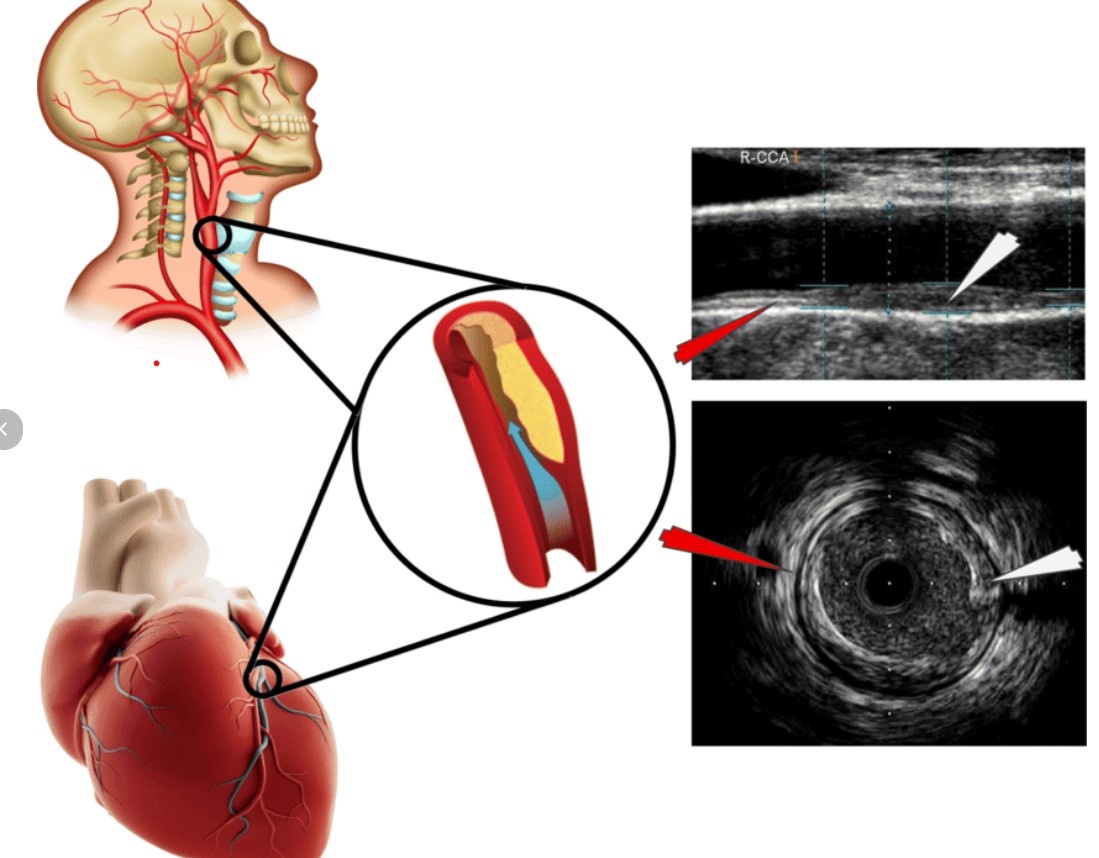Dar es Salaam is among the cities with highest number of commuters in the country, with the majority of these commuters in the young economically productive age. Overhead pedestrian bridges were not a common thing in sub-Saharan Africa and particularly in Tanzania.
There has been a significant time difference between the construction of the first overhead pedestrian bridge across the Morogoro road at Manzese and the boom of overhead bridges in the 2010s from the Bus Rapid Transit (BRT) project.
My observation is that majority of commuters risk their lives crossing busy roads to avoid overhead pedestrian bridges that have been constructed and more on the pipeline.
It is this observation that sparked my curiosity to understand the perception of pedestrians through their lived experiences of using overhead pedestrian bridges in Dar es Salaam.
Read about the study here: Study: Why some pedestrians avoid overhead road bridges in Dar- es Salaam
The overhead pedestrian bridges are constructed but why they are not being used as intended by pedestrians was the research question.
Additionally, there was a gap in terms of research assessing the use and effectiveness of overhead pedestrian bridges in sub-Saharan Africa and Tanzania in particular.
Initial consultations with key stakeholders revealed a gap in direct community involvement in the construction of overhead pedestrian bridges despite this being the standard required procedure.
However, local government authorities are involved when road safety engineering and audits are conducted before the bridges are constructed. This meant that there was minimal community involvement in the construction of overhead pedestrian bridges as highlighted by one of the study participants who was surprised to see the bridges.
The study is important because the government spends a lot of money in the construction of overhead bridges while they are not used effectively by the intended people for their intended purpose. It also highlights the need to rethink on more innovative and perhaps cost-effective solutions for commuters when crossing roads.
But also, road traffic crashes and injuries claim a lot of lives of young economically productive group which significantly impacts the country’s economy and Gross Domestic Product (GDP).
Read Tanzania’s first Swahili Science newspaper: Download it here HERE
 Community involvement in this era can be achieved through adopting digital solutions including social media platforms like Facebook, WhatsApp, Twitter, Instagram etc. to get their user opinions and recommendations.
Community involvement in this era can be achieved through adopting digital solutions including social media platforms like Facebook, WhatsApp, Twitter, Instagram etc. to get their user opinions and recommendations.
Digital solutions have potential to reach wider audience compared to the traditional physical approach of community involvement.
This study was funded by SIDA under the Injury Prevention and Care in Tanzania-Road Traffic Injury (INPACT-RTI) project at the Muhimbili University of Health and Allied Sciences. The project has two wings namely the pre-crash prevention that focuses on interventions to prevent road traffic injuries and deaths and post-crash wing that focuses on minimizing the severity of injuries once they occur.
These two project wings support various research studies that are related to road safety management in the country for scholars from diverse backgrounds.







